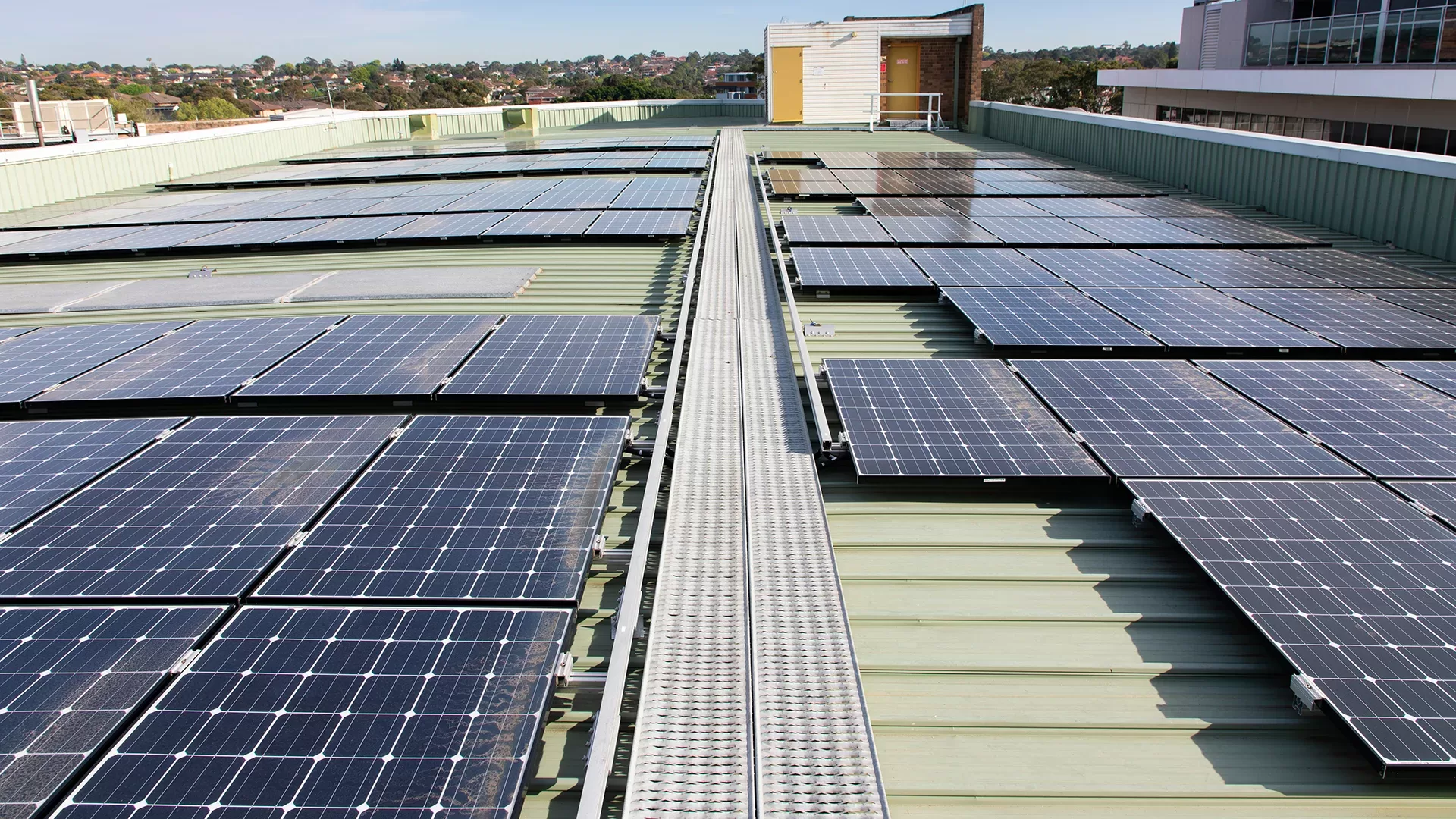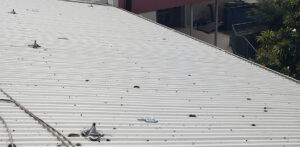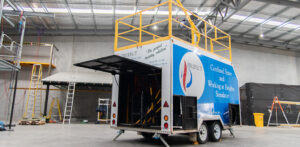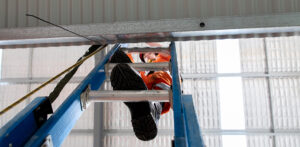There are many reasons why a building may not have a compliant safe access or fall protection system. Here are the most common five our team see.
Any time a worker is entering an area where there is a risk of a fall, they should have a compliant height safety system at their disposal. Unfortunately, all too often the team at Height Safety Engineers discover buildings where this is not the case.
There can be many reasons why a building does not have a compliant system. Sometimes it can go all the way back to how the building was designed and what the original specification was.
But most of the time it is a result of one of the many external influences. Here are the top five most common reasons for a building not having a compliant height safety system.
1. Leaving inspections too long
Under AS/NZS1891.4, height safety systems need to be inspected, and those inspections need to be documented, on a regular basis by a competent person. A manufacturer of an anchor point, or other fall arrest device can specify that schedule out to a maximum interval of five years. The standard specifies that annual inspections are required in lieu of a manufacturer recommendation.
Given the important role these systems play in workplace safety, consensus amongst the industry and the accepted practice is that annual inspections are the norm.
In some circumstances, a system that is subject to harsh environmental conditions, or is used on a frequent basis, may require inspections twice or more a year to ensure that it is maintaining its integrity and will perform as designed.
Unfortunately, in many cases the need to have these inspections completed is often overlooked. In areas where access to an area of fall risk is infrequent, the presence of a height safety, safe access or fall protection system can effectively be forgotten.
When this occurs, it is very easy for systems to fall out of compliance as forgotten systems do not have their compliance inspections scheduled.
Systems that do not have regular compliance inspections conducted on them pose a significant risk to the safety of workers.
2. Solar panel installation
The installation of solar panel systems on the roofs of commercial, industrial, and residential buildings is continuing apace. For building owners and tenants there are substantial benefits to having a solar system in place, both financially and ethically.
However, it is common to find that having solar panels installed on the roof can result in a height safety system no longer being compliant.
The most common issue related to solar systems our team finds is that previously installed anchor points are covered by panels. This means they can no longer be connected to and render the areas of the roof unsafe to access.
Our technicians have also come across many examples where an anchor point has been removed, and then replaced either in the same location or a new location. Often the reinstallation of anchors by solar installers is not done in accordance with the manufacturer’s instructions, and the installers are rarely accredited by the manufacturer to install their anchors.
Moving an anchor can also result it in being placed in a spot where it can introduce the risk of a fall, by allowing workers to put themselves out of “pendulum”.
3. Building additions and other work
Very rarely is a commercial or industrial building constructed and then never changed over its several decades of working life. As the owner or occupier’s needs change and evolve over time there are additions made, parts removed and various other changes that can influence the building’ footprint and where fall areas are.
These changes, and the works to complete them, can result in an existing height safety system falling out of compliance. Changes in roof layout, or the addition of new plant on the roof can mean that existing systems no longer provide safe access to all areas workers will be accessing.
Similarly to the installation of solar panels, construction and building work introduces the risk that anchor points and other components of a safety system can be damaged or removed entirely.
When getting building work completed, it is important that building owners and facility managers ensure that height safety systems are considered.
4. Damage from other sources
There are myriad other reasons for a height safety system to be damaged, even if it is not being used or other work is being carried out on the building.
In most circumstances, height safety systems are outside, exposed to the elements. Although they are made of materials resistant to corrosion, resistance is not imperviousness. Corrosion can occur, and if significant amounts of it exist on an anchor point other component it can compose its ability to provide adequate protection for workers.
The structure of the building itself can degrade over time. Penetrations into roofs can lead to leaks forming. Leaks inside timber roof trusses can result in timber fouling, becoming soft and unable to withstand the forces exerted in a fall.
Using a system can also damage it, outside its being involved in the occurrence of a fall. Workers treading on anchors and other system components can result in damage, as can the placement of materials on them.
Misuse of anchor points and static lines is a common cause of damage, with our team often seeing that safety systems that should not be loaded up are done so. This is done to assist in lifting materials and can result in components having their integrity compromised.
5. Deployment in a fall
Any roof anchor that is involved in arresting a fall from height will need to be replaced. Keeping that anchor in a height safety system will render that system non-compliant and be placing workers at risk.
Fall protection anchors work by deforming in the event a worker falls. As the anchor deforms, it absorbs the energy created, transferring it into the structure of the building and away from the worker. By transferring this energy, the worker has their risk of injury minimised.
As a result, any anchor that has been deformed by its involvement in a worker’s fall must be removed and replaced with a new one. An anchor can only be deformed once, it will not function adequately if it has already been subject to the forces involved in a fall.
Gaining compliance
Ensuring that a height safety system is inspected regularly for ongoing compliance is a core responsibility of every building owner, facility manager or other person responsible for workers accessing fall risk areas.
Height Safety Engineers can complete these compliance inspections, and more, suppling NATA accredited reports and compliance certificates. These provide assurance and peace of mind that worker safety is being put first and foremost.
Discuss your height safety compliance needs with our team by calling 1300 884 978 or email enquiries@heightsafety.net.





